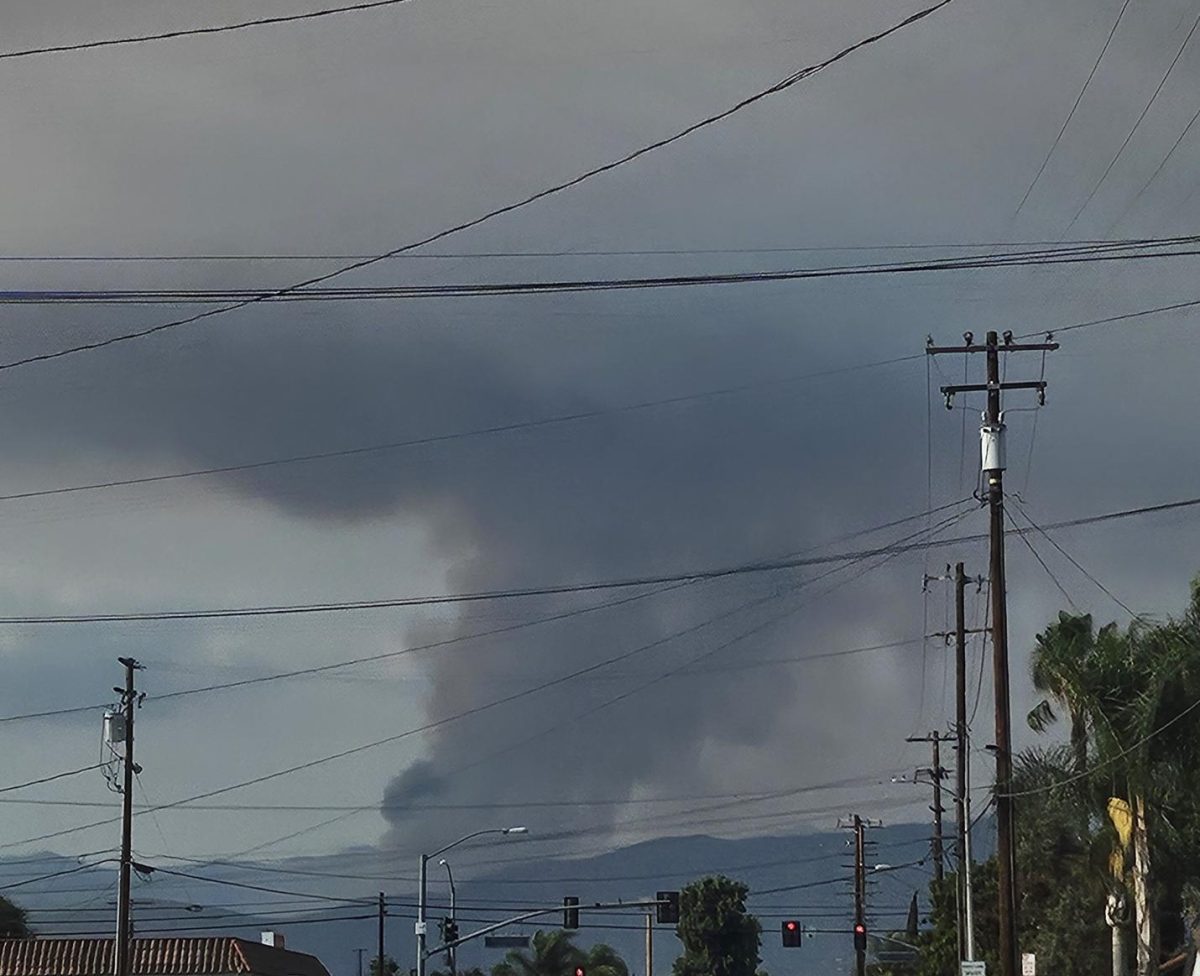James Webb Space Telescope Set To Change How We Look At Space
James Webb Space Telescope as it heads into deep space to answer our biggest questions.
January 18, 2022
After numerous delays and a threat of potential cancellation, the James Webb Space Telescope was flawlessly and successfully launched from the Guiana Space Center in French Guiana on December 25th, 2021 aboard the Ariane 5 rocket.
With a mirror seven times larger than that of the Hubble Space Telescope, and with instruments sensitive enough to detect artificial city lights on distant exoplanets, the JWST is set to bring in a new dawn of discovery. As of the writing of this article, the JWST was fully deployed en route to the L2 lagrange point, where it will orbit undisturbed from the interfering effects of the Earth, Moon, and Sun. Finally, 6 months after launch, the JWST will be fully operational after months of cooling, aligning, and calibrating the telescopes’ instruments. By June, the JWST will be ready to send its first images back to eager scientists on the ground. The exact images we will be receiving are unknown as of the writing of this article.
Thanks to the practically perfect launch the JWST was able to conserve way more fuel than was originally anticipated, the lifespan of the JWST has been doubled thanks to the efforts of the Webb team. With a lifespan of 5 to 10 years, the JWST will gaze into infinity, studying the light from the first stars and galaxies that formed after the Big Bang, the formation and evolution of galaxiesm, star formation, planetary systems, planet formation, and the origins of life. With this time, the JWST is set to rewrite the textbooks of the future. The discoveries we make will change the very way we view ourselves, our true cosmic origins, and our place in this universe. Overall, the JWST is set to inspire entire future generations of scientists, astronauts, engineers, astrophysicists, and astronomers into studying the endless mysteries of space.
Click here to watch the launch








